Major Arcana Tarot
The Major Arcana is a key component of a tarot deck, consisting of 22 cards that represent significant life events, spiritual lessons, and archetypal themes. Each card has its own symbolism and meaning, often reflecting different aspects of the human experience. Here’s a brief overview of each card:
- The Fool – Represents new beginnings, spontaneity, and adventure. Often seen as a symbol of innocence and the potential for growth.
- The Magician – Symbolizes skill, resourcefulness, and the power of manifestation. Represents the ability to harness resources to achieve goals.
- The High Priestess – Associated with intuition, mystery, and the subconscious mind. Represents inner wisdom and the power of silence.
- The Empress – Embodies fertility, abundance, and nurturing. Symbolizes creativity, growth, and the nurturing aspects of life.
- The Emperor – Represents authority, structure, and stability. Symbolizes leadership, control, and the importance of order.
- The Hierophant – Symbolizes tradition, spirituality, and guidance. Represents conformity, spiritual authority, and the value of established systems.
- The Lovers – Associated with relationships, choices, and harmony. Represents love, partnership, and the integration of opposites.
- The Chariot – Symbolizes determination, willpower, and triumph. Represents the ability to overcome obstacles through focused effort.
- Strength – Embodies courage, inner strength, and compassion. Represents the power of patience, resilience, and self-control.
- The Hermit – Represents introspection, solitude, and inner guidance. Symbolizes the search for truth and wisdom through self-reflection.
- Wheel of Fortune – Symbolizes cycles, change, and destiny. Represents the ebb and flow of luck and the interconnectedness of events.
- Justice – Embodies fairness, balance, and truth. Represents the importance of integrity, accountability, and the need for objective decision-making.
- The Hanged Man – Represents surrender, contemplation, and a shift in perspective. Symbolizes letting go and seeing things from a different angle.
- Death – Symbolizes transformation, endings, and new beginnings. Represents the process of letting go to make way for new growth.
- Temperance – Embodies balance, moderation, and harmony. Represents the integration of opposites and the pursuit of equilibrium.
- The Devil – Represents temptation, materialism, and bondage. Symbolizes the influence of negative forces and the need for liberation from constraints.
- The Tower – Symbolizes sudden change, upheaval, and revelation. Represents the breaking down of old structures to make way for new insights.
- The Star – Embodies hope, inspiration, and renewal. Represents healing, optimism, and the guidance of a higher power.
- The Moon – Represents illusion, intuition, and the subconscious. Symbolizes the mysteries of the unconscious mind and the need to trust one’s instincts.
- The Sun – Symbolizes joy, success, and clarity. Represents positivity, vitality, and the illumination of truth.
- Judgment – Embodies reflection, reckoning, and transformation. Represents self-evaluation, the release of past burdens, and the call to a higher purpose.
- The World – Represents completion, achievement, and wholeness. Symbolizes the successful conclusion of a cycle and the attainment of a goal.


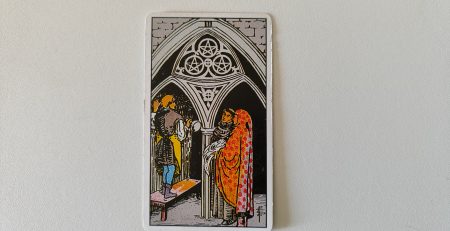
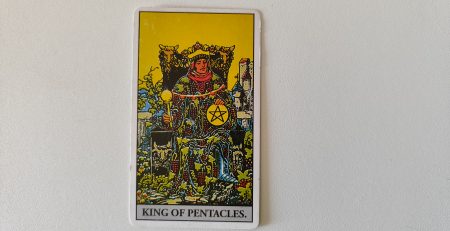

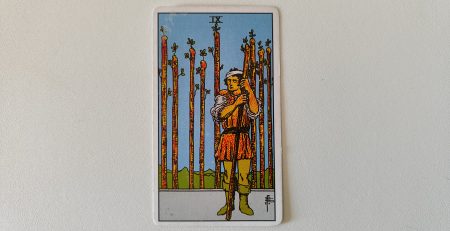
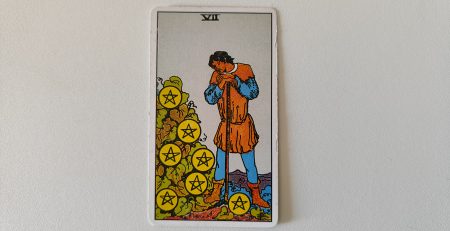
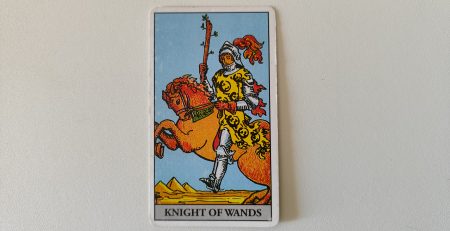
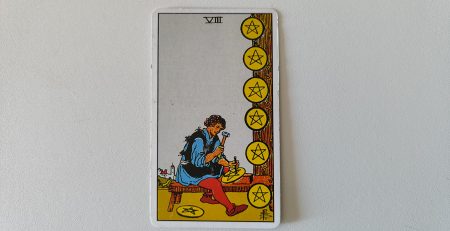
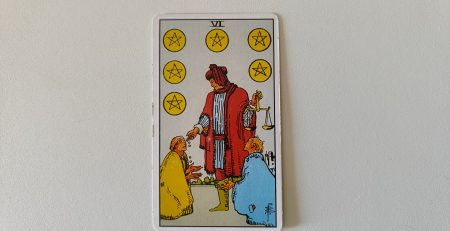

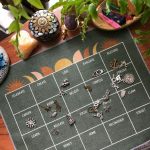
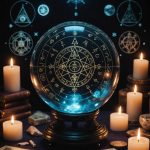
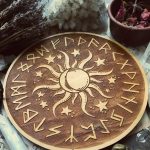
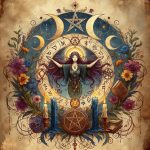
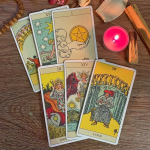
Leave a Reply